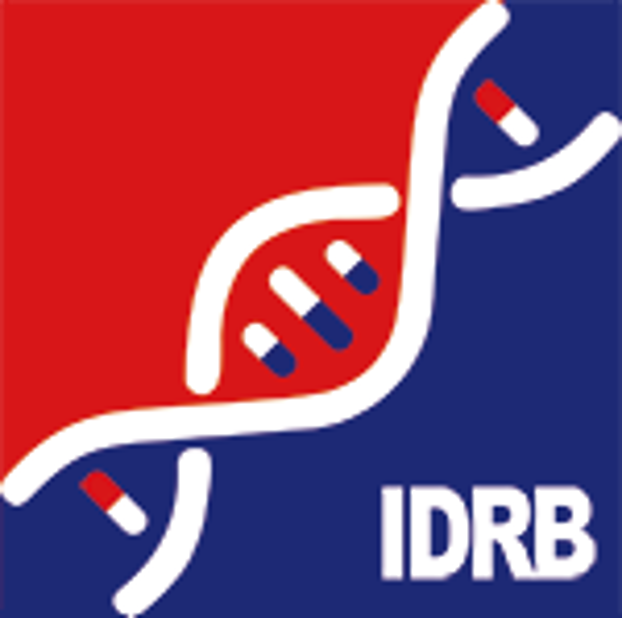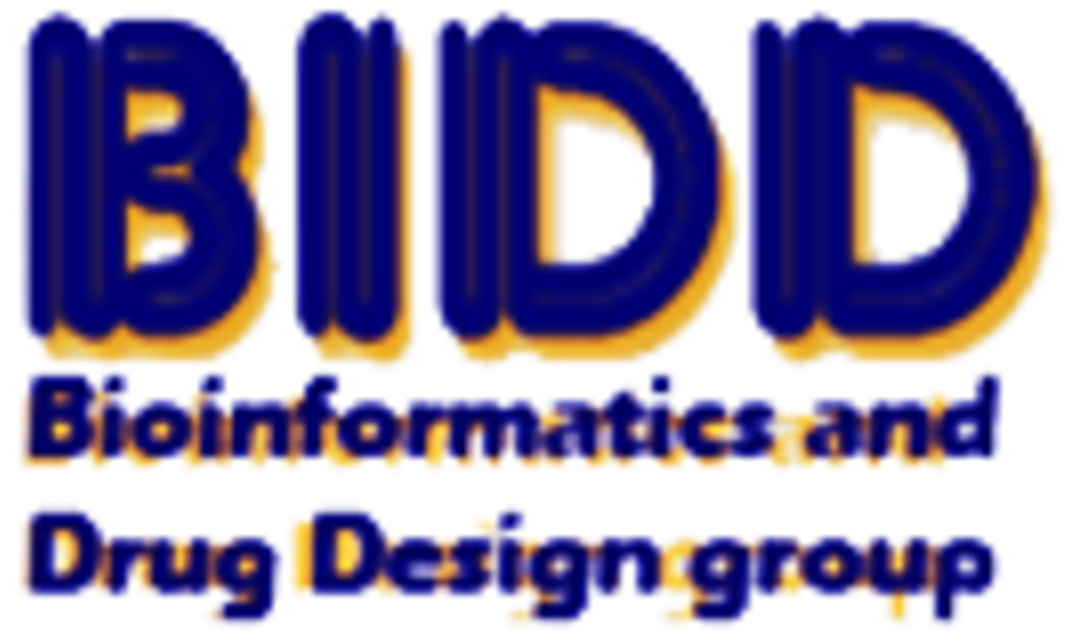| Target Validation Information | |||||
|---|---|---|---|---|---|
| Target ID | T40474 | ||||
| Target Name | Hepatocyte growth factor receptor | ||||
| Target Type | Successful |
||||
| Drug Potency against Target | BMS-536924 | Drug Info | IC50 = 4870 nM | [1] | |
| XL880 | Drug Info | IC50 = 0.4 nM | [2] | ||
| SGX523 | Drug Info | IC50 = 35 nM | [2] | ||
| TAK-701 | Drug Info | IC50 = 70 nM | [3] | ||
| 3-(phenylsulfonyl)-1H-pyrrolo[2,3-b]pyridine | Drug Info | IC50 = 1175 nM | [4] | ||
| 1-benzyl-1H-pyrrolo[3,2-b]pyridine | Drug Info | IC50 = 19 nM | [4] | ||
| 1-(2-nitrophenethyl)-1H-pyrrolo[3,2-b]pyridine | Drug Info | IC50 = 250 nM | [4] | ||
| Tivantinib | Drug Info | IC50 = 50 nM | [2] | ||
| 1-(phenylsulfonyl)-1H-pyrrolo[3,2-b]pyridine | Drug Info | IC50 = 3500 nM | [4] | ||
| BMS-777607 | Drug Info | IC50 = 20 nM | [5] | ||
| Action against Disease Model | MP470 | MP470 had an IC50 of 2000 nM in the GIST-R cell line. | [6] | Drug Info | |
| The Effect of Target Knockout, Knockdown or Genetic Variations | To define the role of HGF/c-met signaling in beta-cell biology in vivo, we have generated conditional knockout mice in which the c-met receptor gene was specifically inactivatedin pancreatic beta cells by the Cre-loxP system. Mice with beta-cell-specific deletion of the c-met receptor (betamet-/-) displayed slight growth retardation, mild hyperglycemia, and decreased ser uMinsulin levels at 6 months of age when compared with their control littermates. Deficiency of the c-met receptor in beta cells resulted in a complete loss of acute-phase insulin secretion in responseto glucose and an impaired glucose tolerance. Glucose transporter-2 expression was down-regulated in the beta cells of betamet-/- mice. Compared to controls, betamet-/- mice exhibited reduced islet size and decreased insulin content in the pancreas, but displayed normal islet morphology. Therefore, HGF/c-met signaling plays an imperative role in controlling islet growth, in regulating beta-cell function, and in maintaining glucose homeostasis. | [6] | |||
| References | |||||
| REF 1 | J Med Chem. 2005 Sep 8;48(18):5639-43.Discovery of a (1H-benzoimidazol-2-yl)-1H-pyridin-2-one (BMS-536924) inhibitor of insulin-like growth factor I receptor kinase with in vivo antitumor activity. | ||||
| REF 2 | Nat Rev Drug Discov. 2008 Jun;7(6):504-16.Drug development of MET inhibitors: targeting oncogene addiction and expedience. | ||||
| REF 3 | Progress towards therapeutic small molecule MEK inhibitors for use in cancer therapy. Curr Top Med Chem. 2005;5(2):215-29. | ||||
| REF 4 | Bioorg Med Chem Lett. 2009 May 15;19(10):2780-4. Epub 2009 Mar 27.Discovery of 4-azaindoles as novel inhibitors of c-Met kinase. | ||||
| REF 5 | J Med Chem. 2009 Mar 12;52(5):1251-4.Discovery of N-(4-(2-amino-3-chloropyridin-4-yloxy)-3-fluorophenyl)-4-ethoxy-1-(4-fluorophenyl)-2-oxo-1,2-dihydropyridine-3-carboxamide (BMS-777607), a selective and orally efficacious inhibitor of the Met kinase superfamily. | ||||
| REF 6 | A novel tyrosine kinase switch is a mechanism of imatinib resistance in gastrointestinal stromal tumors. Oncogene. 2007 Jun 7;26(27):3909-19. Epub 2007 Feb 26. | ||||
If You Find Any Error in Data or Bug in Web Service, Please Kindly Report It to Dr. Zhou and Dr. Zhang.

